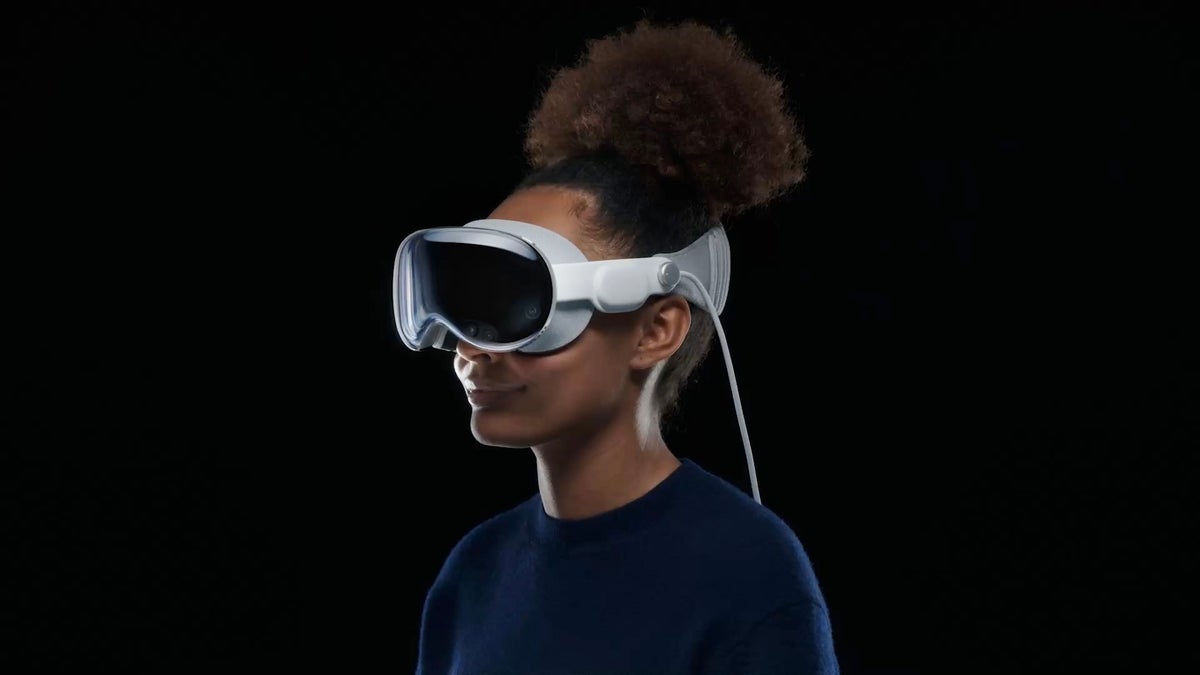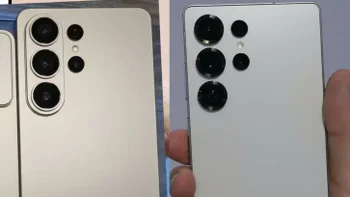Apple unveils visionOS, the software behind the Apple Vision Pro

WWDC 2023 is finally underway and Apple has officially unveiled one of its most ambitious products ever - the Apple Vision Pro. The Cupertino company’s augmented / virtual / mixed reality headset is arguably the most cutting-edge piece of hardware Apple has developed since the original iPhone.
With it, the company seeks to usher in a new era in mobile technology, one centered around spatial computing. So what kind of software exactly will this groundbreaking product run? The Apple Vision Pro will feature an all-new operating system, dubbed visionOS - the first operating system specifically designed for spatial computing.
The American tech giant claims that the latter can effectively blend digital content with the physical world. With its three-dimensional interface, visionOS emulates existing app experiences, while also reimagining them in the context of spatial computing.
VisionOS builds upon everything Apple has done so far and puts to use the vast amount of expertise the Cupertino company has accumulated through its countless iterations of iOS, iPadOS, and MacOS.
The core OS is supported by a real-time subsystem, a foveated renderer, a multi-app 3D engine, iOS frameworks and spatial frameworks, and a Spatial Audio engine. Additionally, visionOS places a particular emphasis on low latency in order to facilitate a truly immersive user experience.
Another innovation that Apple is bringing to the table is the introduction of an entirely new input method. Instead of a controller, users will be using the movements of their eyes and hands in order to navigate across visionOS.
In short, the Apple Vision Pro will run an operating system like none other, as visionOS is designed from the ground up specifically for spatial computing. Lastly, Apple’s new OS and headset are only the beginning as this could be the start of a new revolutionary platform focused on AR and VR.
With it, the company seeks to usher in a new era in mobile technology, one centered around spatial computing. So what kind of software exactly will this groundbreaking product run? The Apple Vision Pro will feature an all-new operating system, dubbed visionOS - the first operating system specifically designed for spatial computing.
The American tech giant claims that the latter can effectively blend digital content with the physical world. With its three-dimensional interface, visionOS emulates existing app experiences, while also reimagining them in the context of spatial computing.
VisionOS builds upon everything Apple has done so far and puts to use the vast amount of expertise the Cupertino company has accumulated through its countless iterations of iOS, iPadOS, and MacOS.
The core OS is supported by a real-time subsystem, a foveated renderer, a multi-app 3D engine, iOS frameworks and spatial frameworks, and a Spatial Audio engine. Additionally, visionOS places a particular emphasis on low latency in order to facilitate a truly immersive user experience.
Another innovation that Apple is bringing to the table is the introduction of an entirely new input method. Instead of a controller, users will be using the movements of their eyes and hands in order to navigate across visionOS.
In short, the Apple Vision Pro will run an operating system like none other, as visionOS is designed from the ground up specifically for spatial computing. Lastly, Apple’s new OS and headset are only the beginning as this could be the start of a new revolutionary platform focused on AR and VR.
Follow us on Google News













Things that are NOT allowed:
To help keep our community safe and free from spam, we apply temporary limits to newly created accounts: